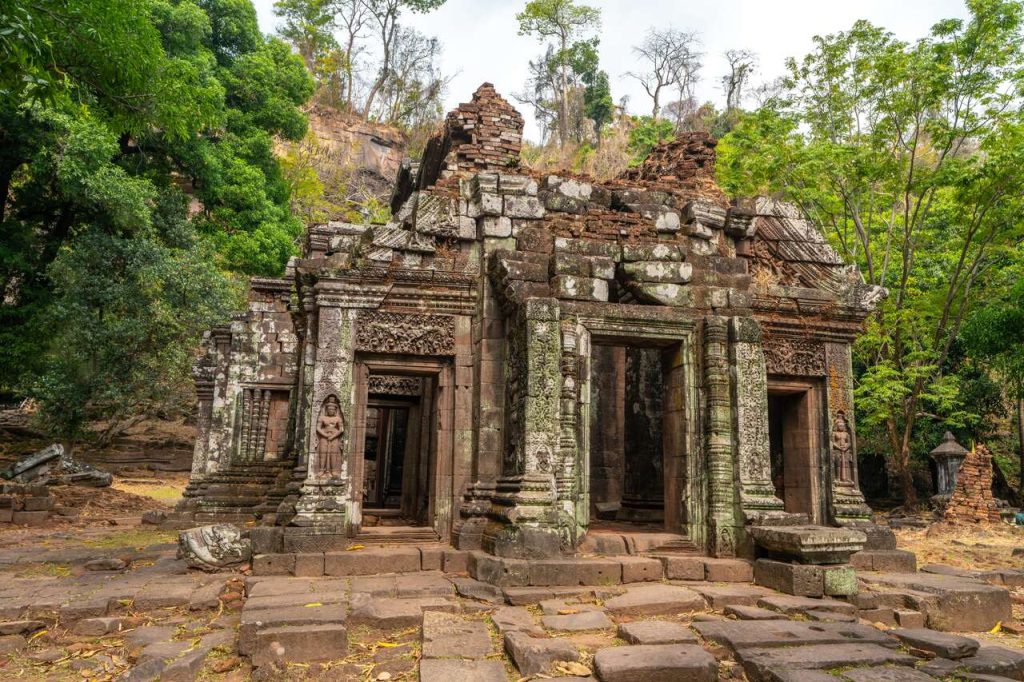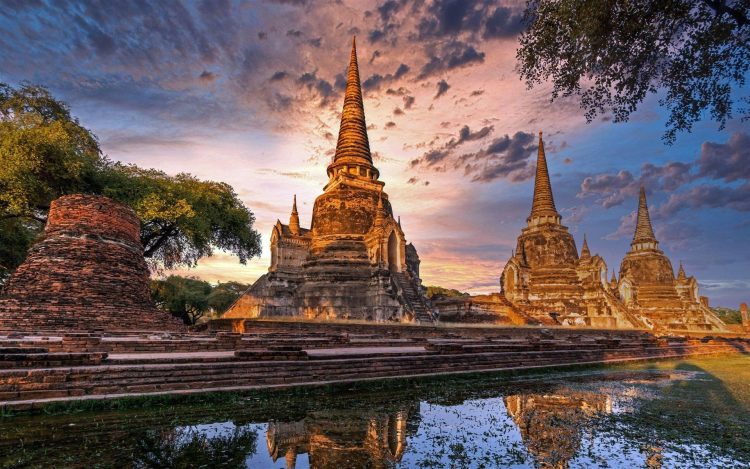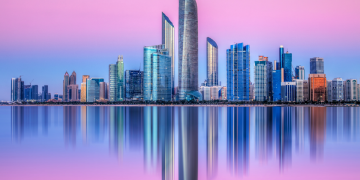TikTok Virality and the Shift in Travel Patterns
In 2025, a remarkable shift is underway in Southeast Asian tourism: travelers who once flocked almost exclusively to Cambodia’s iconic Angkor Wat are increasingly turning their attention to Laos’ Wat Phou. This redirection of interest can be traced to several factors, but among the most powerful has been the rise of TikTok as a travel trendsetter. Viral short videos showcasing the serene beauty and understated grandeur of Wat Phou have spread rapidly, captivating audiences seeking fresh and less-crowded destinations. Influencers, both local and international, have highlighted the temple complex’s peaceful riverside setting, authentic cultural experiences, and dramatic ruins with cinematic flair, sparking widespread curiosity and inspiring a new wave of explorers to add it to their itineraries.
Meanwhile, Angkor Wat’s immense popularity has created what many travelers describe as “crowd fatigue.” The overwhelming number of tourists, particularly during peak seasons, has diminished the sense of discovery and personal connection once felt at the site. Long lines, congested pathways, and the commercialization around Angkor’s complex have contributed to a growing desire among travelers to seek quieter, more intimate heritage sites. Wat Phou’s relative obscurity until recent years has positioned it perfectly as the next must-visit landmark in the region, offering a contrast to Angkor’s hectic tourist landscape.
Ancient Ruins Amid Riverside Serenity
Wat Phou, nestled in the lush landscapes of Southern Laos near the Mekong River, provides a meditative alternative to the often frenetic pace surrounding Angkor Wat. This Khmer temple complex, older than Angkor itself, dates back to the 5th century and holds deep historical and spiritual significance. Unlike the expansive and heavily restored temples of Angkor, Wat Phou is characterized by its harmonious integration with the natural environment—ancient stone structures sit quietly amid jungle greenery, overlooking tranquil rivers and karst mountains.
Visitors to Wat Phou often remark on the sense of calm that permeates the site. The slow flow of the Mekong and the quiet hum of nature create an atmosphere conducive to contemplation and spiritual reflection. The temple’s layout, which ascends a gentle slope toward a summit shrine, invites visitors to engage physically and mentally with the journey, enhancing the experience beyond simple sightseeing.

This riverside serenity contrasts sharply with Angkor Wat’s grandeur and crowds. Here, travelers find an opportunity to connect with the past in a setting that feels untouched and authentic. The minimal commercial infrastructure around Wat Phou supports this aura of quietude, allowing visitors to immerse themselves fully in the temple’s mystical ambiance without distraction.
Appealing to Readers Seeking Unspoiled Heritage and Visual Quietude
For readers drawn to travel experiences that emphasize unspoiled heritage and visual tranquility, Wat Phou represents a compelling alternative to more trafficked sites. It offers not only historical richness but also an invitation to slow down and engage deeply with place. Photographers, artists, and cultural travelers appreciate the understated beauty of the temple’s weathered stones framed by dramatic natural scenery. The site’s modest visitor numbers contribute to an atmosphere where every moment feels personal and meaningful.
Unlike Angkor Wat, which has become emblematic of mass tourism in Southeast Asia, Wat Phou’s appeal lies in its quiet dignity and authenticity. It serves those travelers who value preservation over spectacle and seek destinations that foster mindfulness and respect for cultural legacies. Additionally, Southern Laos’ welcoming local communities and relatively undeveloped tourism infrastructure enhance the sense of discovery and responsible travel.
As environmental and cultural preservation become increasingly important to modern travelers, Wat Phou’s sustainable tourism model resonates with conscious visitors. Its growing popularity, fueled by organic social media interest and word-of-mouth, demonstrates a shift toward meaningful travel that prioritizes experience and impact over simply checking off famous landmarks.
The Broader Implications for Regional Tourism
The growing attention to Wat Phou signals a broader regional shift in Southeast Asia’s tourism dynamics. Countries like Laos, often overlooked in favor of their flashier neighbors, are leveraging their hidden cultural treasures and natural beauty to attract discerning travelers. This shift encourages a more equitable distribution of tourism benefits and helps alleviate overtourism pressures on popular sites like Angkor Wat.
Local governments and communities around Wat Phou have recognized this opportunity and are carefully managing development to maintain the temple’s integrity and surrounding environment. Efforts include improving visitor facilities without compromising the site’s natural charm and promoting cultural events that celebrate Laotian heritage alongside the temple’s Khmer roots.
Travelers choosing Wat Phou in 2025 participate not only in a personal journey of exploration but also in a larger movement toward sustainable and diversified tourism in Asia. This evolving landscape offers more options for authentic cultural engagement while fostering preservation for future generations.





















